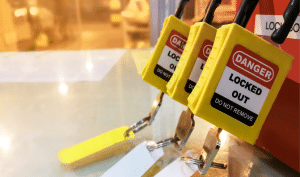News & Insights
Read the latest articles, news, and company updates from Fortress. Explore our insights on industry trends, product launches, and upcoming events to keep you connected and informed.
We are proud to be featured in leading industry publications – check out where we have been published here.
//
Featured
Fortress to Exhibit at China International Battery Fair 2025
We are excited to announce that the Fortress Safety China
- Event

Webinar Recap: Enhancing Safety in Automated Storage and Retrieval Systems (ASRS)
- Article

Building a Safer Workplace – The First Six Months of Remlive with Fortress Safety
Get started on your custom solution
Our sales team are on hand to help provide the perfect interlock solution for your industry; or, with our product configurator, you fill in a quick form outlining your specific needs, to generate a custom configuration part number.














